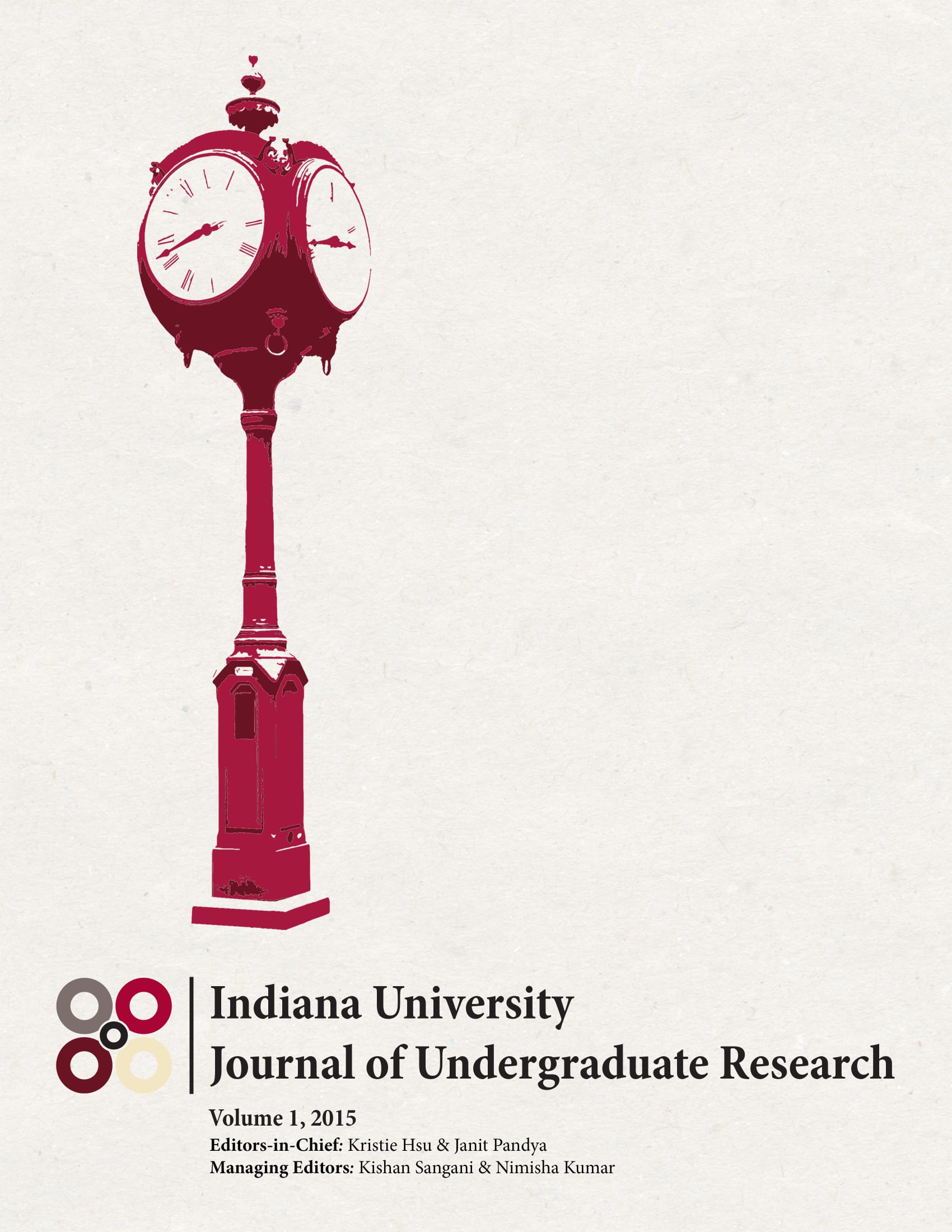Parasite Selection and the Fitness of Sexual Reproduction
Main Article Content
Abstract
Sexual reproduction is a very costly process: the growth rate of asexual lineages exceeds that of sexual lineages. Nonetheless, sex is prevalent in nature. The Red Queen Hypothesis argues that, because sex and recombination generate genetically variable offspring that may escape infection by coevolving parasites, parasites select for sex in hosts (Lively & Dybdahl, 2000). Our research directly tests if the Red Queen can explain the maintenance of sex in a natural population. This experiment focuses on a natural population of the snail Potamopyrgus antipodarum, which is native to New Zealand. Individuals of this species are either diploid and sexually reproducing or triploid and asexually reproducing (Lively & Osnas, 2006). This snail is naturally infected by the trematode parasite, Microphallus, which is sterilizing and thus exerts strong selection on its host. The Red Queen Hypothesis predicts that parasites should periodically increase the fitness of sexual relative to asexual individuals. We accordingly established mesocosms containing both sexual and asexual snails from the same natural population. Half of these mesocosms were exposed to parasites and the other half were not. These snails were then allowed to reproduce over the course of a year. We used flow cytometry to determine the frequency of diploids in the parents and the offspring, and thereby the fitness of sexual individuals in the presence and absence of parasites. Interestingly, we find that sexual individuals are currently more susceptible to parasites than are asexual individuals. In tanks in which sexual parents are relatively more infected, the frequency of sexual individuals declined significantly more in the offspring generation, indicating a fitness consequence of parasitism for sexual reproduction. Our findings suggest that parasite selection can indeed operate on reproductive mode. Moreover, our results are consistent with theory (King, Delph, Jokela, & Lively, 2009) and a prior field study in our system indicating that the direction of parasite selection is variable, such that parasites periodically select against sexual reproduction (Vergara, Lively, King, & Jokela, 2013). This current experiment will continue for multiple years in order to track the variation in parasite selection on sex through time.
Downloads
Article Details
Authors who publish with this journal agree to the following terms:
- Ownership of the copyright shall remain with the Author, subject to IUJUR’s use and the rights granted by the Creative Commons license assigned by the Author. A Creative Commons Attribution-NonCommercial 4.0 International (CC BY-NC 4.0) license will be applied to the published work unless otherwise indicated in the Student Author Contract. The CC BY-NC 4.0 license (https://creativecommons.org/licenses/by-nc/4.0/) lets others remix, tweak, and build upon the published Work non-commercially, and although the new works must also acknowledge the original IUJUR publication and be noncommercial, they don’t have to license their derivative works on the same terms.Authors are able to enter into separate, additional contractual arrangements for the non-exclusive distribution of the journal's published version of the work (e.g., post it to an institutional repository or publish it in a book), with an acknowledgement of its initial publication in this journal.
- Authors are permitted and encouraged to post their work online (e.g., in institutional repositories or on their website) prior to and during the submission process, as it can lead to productive exchanges, as well as earlier and greater citation of published work (See The Effect of Open Access).
References
King, K. C., Delph, L.F., Jokela, J., and Lively, C.M. (2009). The geographic mosaic of sex and the Red Queen. Current Biology, 19(17), 1438–1441. doi: 10.1016/j.cub.2009.06.062
Lively , C. M., & Dybdahl, M. F. (2000). Parasite adaptation to locally common host genotypes. Letters to nature, 405, 679-680. Retrieved from http://public.wsu.edu/~dybdahl/nature00.pdfLively, C.M., & Osnas, E.E. (2006). Immune response to sympatric and allopatric parasites in a snail-trematode interaction. Frontiers in Zoology, 2(8), n.p. doi: 10.1186/1742-9994-2-8
Vergara, D., Lively, C. M., King, K. C., and Jokela, J. (2013). The geographic mosaic of sex and infection in lake populations of a New Zealand snail at multiple spatial scales. The American Naturalist, 182(4), 484-493. doi: 10.5061/dryad.7341c

